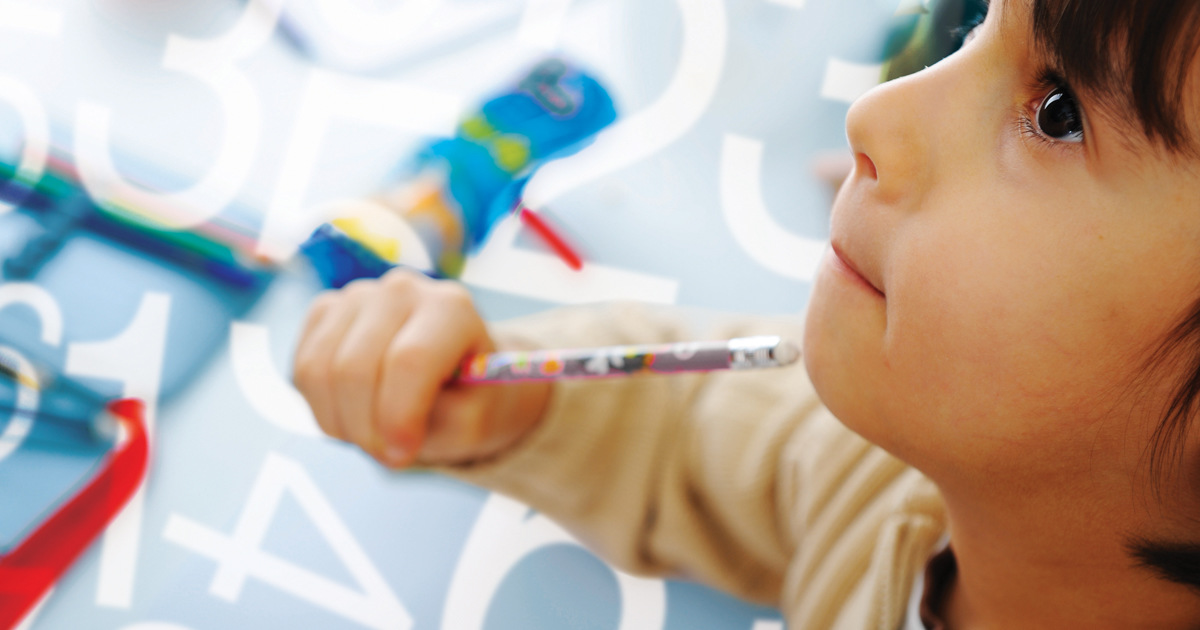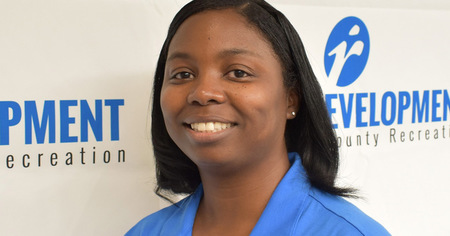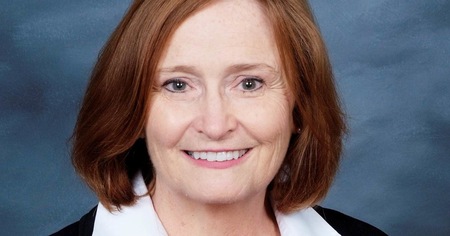1. Seek Out Math
Use engaging, everyday situations to bring math to life. Plan to incorporate measurement, addition, multiplication, fractions and division as part of the everyday activities, such as snack, movement, music, games and science. For example: Challenge young people to divide a snack equally or weigh ingredients for a recipe. Set up a bowling game with a numeric value assigned to each pin and have young people keep score of the total value of the pins they knock down. Set up a percussion circle and invite young people to keep track of different measures.
2. Math Station
Set up a dedicated area within the program environment that encourages young people to work independently or collaboratively in small groups, to complete problem-solving tasks at their own pace. Create problems that young people can solve while engaged in the station's activities. For example: There are 31 flavors of ice cream at the local ice cream store. How many different triple-scoop cone combinations can be made? Or, five people paid a bus fare with five coins each for a total of $21.83. How many pennies did the bus driver receive? Search "Creative Math Problems" on the Web for other examples. Keep in mind the age and ability levels of the young people in your program when selecting problems, to ensure you provide successful confidence-building experiences with math.
3. Math Games and Puzzles
Research and implement fun activities that develop targeted math strategies and skills. There are lots of resources online for computer and pencil games that provide math practice in a fun and exciting way. For more ideas try NAA's new ebook, Math Games for Afterschool, available here to NAA Executive Members.
4. Math Tools
Make use of pictures, rulers, symbols, technology, weights, counters and other manipulatives to provide a tactile and visual way for young people to engage in problem solving.
5. Math Tutoring
Provide one-on-one or small-group work on specific math skills and homework.
Contributed by Andy the Science Wiz, NAA's STEM Specialist, Andy Allan.




